FROZEN BEEF RUMP
From Freezer to Feast: Unleashing the Potential of Your Frozen Beef Rump
The beef rump, a lean and flavorful cut from the hindquarters of the cow, often gets overlooked in favor of its more glamorous cousins like the sirloin or tenderloin. But don’t let its unassuming nature fool you! This budget-friendly cut can be a real star in your kitchen, especially when frozen for longer storage. While frozen beef might seem intimidating, with the right techniques and a little planning, you can transform a frozen beef rump into a delicious and satisfying meal.
Affordability: Beef rump is generally more affordable than other prime cuts, making it a budget-friendly option for feeding a family or stocking up the freezer.
Convenience: Freezing extends the shelf life significantly, allowing you to buy in bulk when prices are favorable and have a readily available protein source on hand.
Flavor Potential: While freezing can slightly alter the texture, the core flavor of beef rump remains intact, particularly if properly stored and thawed.
Mastering the Art of Thawing:
The key to unlocking the potential of your frozen beef rump lies in proper thawing. Avoid quick thawing methods like microwaving, which can lead to uneven cooking and a tough texture. Here’s the best approach:
Refrigerator Thawing: This is the safest and most recommended method. Simply place the frozen rump in its original packaging or a resealable bag on a plate or tray in the refrigerator. Allow ample time for thawing – typically 24-48 hours depending on the size of the roast.
Cold Water Thawing: If you’re pressed for time, you can thaw the rump in cold water. Place the frozen beef in a leak-proof bag and submerge it in a bowl of cold water. Change the water every 30 minutes to maintain a cold temperature. This method is faster than refrigerator thawing, but ensure the rump is used immediately after thawing.
Bringing Out the Best in Your Beef Rump:
Once thawed, the possibilities are endless! Here are a few ideas to inspire your culinary creativity:
Roast Beef: A classic for a reason. Slow-roasting the rump at a low temperature allows the flavors to develop and the meat to become tender. Consider marinating the rump overnight for added flavor and moisture.
Beef Stew: The slightly tougher texture of the rump makes it ideal for long, slow cooking in a hearty stew. The beef will become incredibly tender and flavorful after simmering in a rich broth with vegetables.
Stir-Fry: Thinly sliced beef rump can be quickly stir-fried with your favorite vegetables and sauces for a fast and flavorful weeknight meal. Marinating the beef beforehand will help tenderize it and enhance the flavor.
Beef Bourguignon: This classic French stew is the perfect showcase for the rich flavor of beef rump. The slow cooking in red wine and aromatics transforms the beef into a tender and melt-in-your-mouth experience.
Tips for Cooking Frozen Beef Rump:
Marinate: Marinating helps tenderize the beef and infuse it with flavor.
Low and Slow: For roasting, slow cooking at a low temperature is key to achieving tender results.
Use a Meat Thermometer: Ensure the beef is cooked to the desired internal temperature.
Rest the Meat: After cooking, allow the beef to rest for at least 10-15 minutes before slicing. This allows the juices to redistribute, resulting in a more tender and flavorful cut.
Don’t be afraid to experiment with different seasonings and cooking methods to find your favorite way to prepare frozen beef rump. With a little planning and the right techniques, you can transform this humble cut into a delicious and satisfying meal that will impress your family and friends.
Be the first to review “FROZEN BEEF RUMP” Cancel reply
Related products
Frozen Beef
Frozen Beef
Frozen Beef
Frozen Beef
Frozen Beef
Frozen Beef
Frozen Beef
Frozen Beef

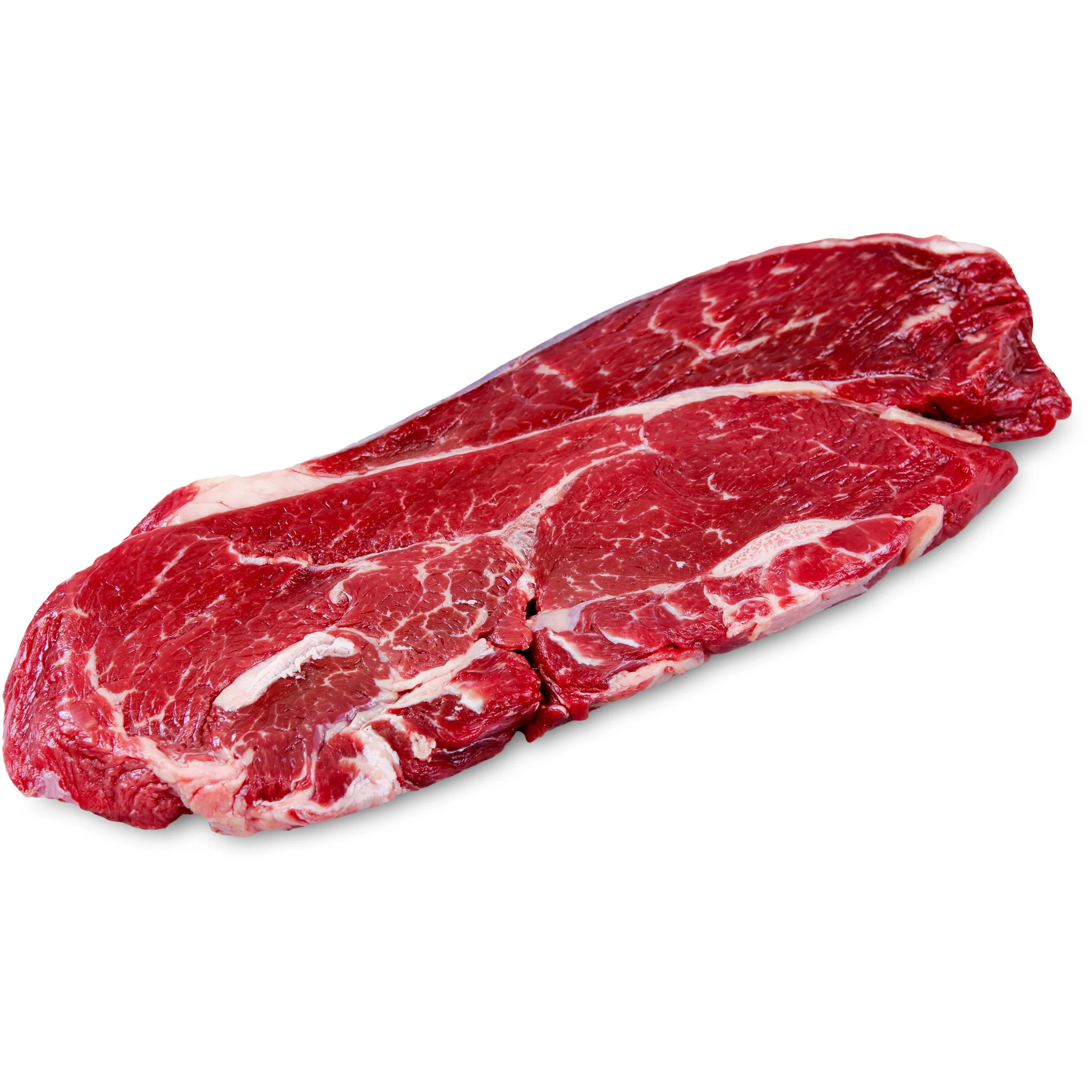
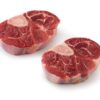
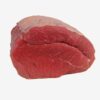
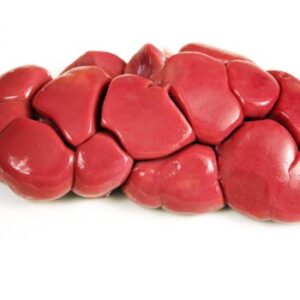
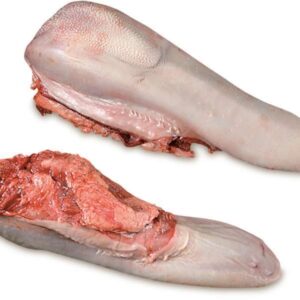




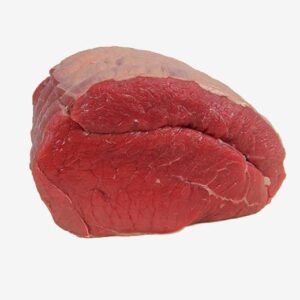

Reviews
There are no reviews yet.